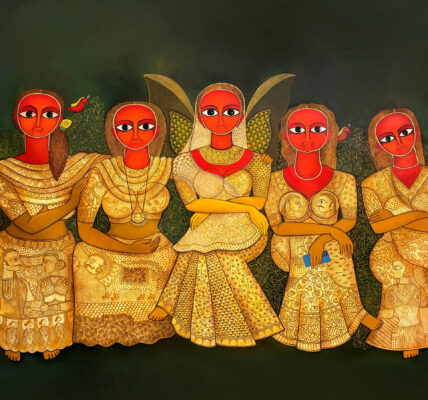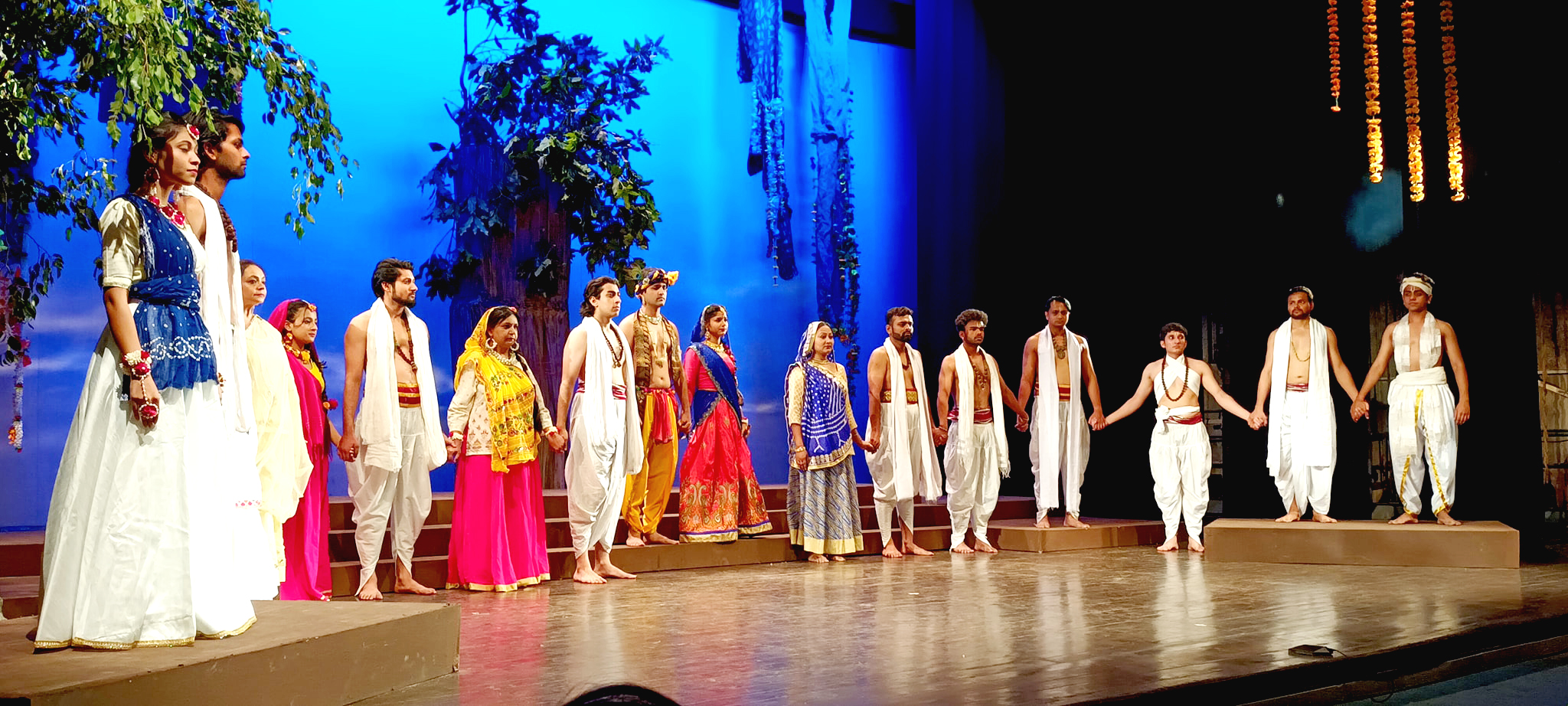Madhubani Paintings: The Timeless Art of Mithila

Madhubani paintings also known as Mithila paintings, are a traditional art form originating from the Mithila region of Bihar and also in Nepal. They are famous for the diverse themes that capture the meaning of life and spirituality. The paintings are usually scenes from Hindu mythology, showcasing gods and goddesses like Lord Krishna, Radha, Shiva, Durga, Ram – Sita with the most extra ordinary devotion and reverence.
Madhubani art has a legacy that dates back thousands of years with its regions deeply rooted in the Mithila region. King Janak , the ruler of Mithila kingdom requested an artist to create paintings that would commemorate the events of his daughter Sita’s wedding to Prince Rama.
Madhubani painting is an ancient style of painting that originated 2500 years ago and are made using natural colours and pigments with fingers, twigs, brushes, nib-pens and match sticks and are characterized by attractive geographical patterns. No space is left empty and the gaps are filled with flowers, animals and birds. Traditionally the paintings were done from generation to generation mainly by women in the families of Mithila region.
Madhusundari Devi (1922- 2013) was an Indian artist and a Madhubani painter awarded with Tulsi Samman by the government of Madhya Pradesh in 1995. Other Madhubani artists are Sita Devi, Jagdamba Devi, Dulari Devi , Godavari Datta and others.
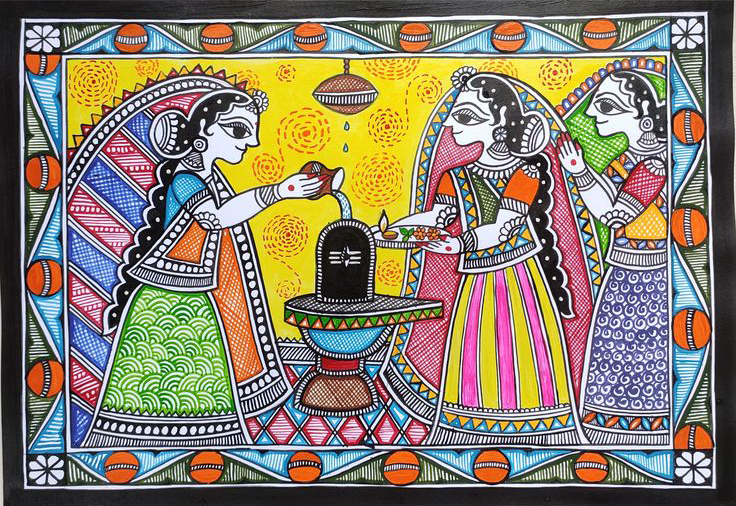
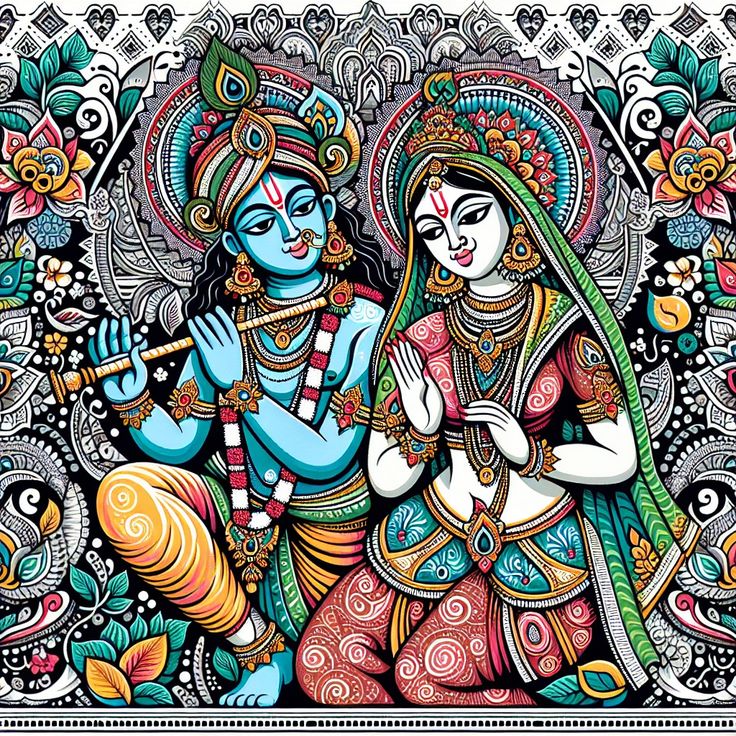

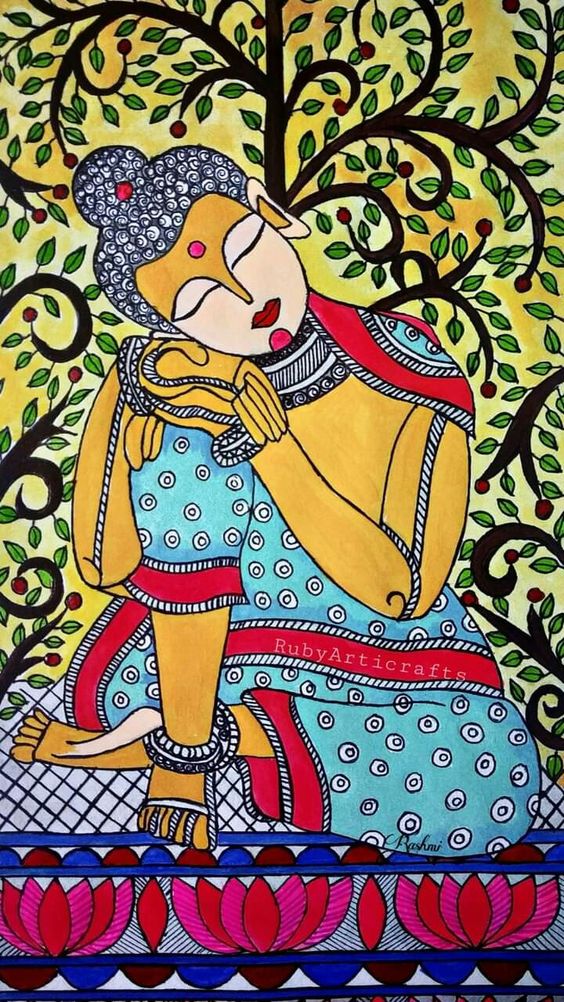
Madhubani paintings have become a primary source of income for scores of families. The continuing market in this art is a tribute in the art field throughout the world. Madhubani Art is also known as Mithila Art and has five distinctive styles: Bharni, Katchni, Tantrik, Godna and Kohbar. The main three themes are religion, social issues and elements of nature traditionally created by women on the walls and floors of their homes during auspicious occasions. Madhubani paintings have now gained international acclaim, symbolizing the rich heritage and artistic legacy of the Mithila region. This sets the stage for a detailed exploration of this form of art enticing the reader to delve deeper into their history, techniques and cultural importance.
Madhubani paintings continue to be a vibrant expression of culture and heritage from the Mithila region of Bihar. Through its intricate designs, rich symbolism, and evolving adaptations, Madhubani art not only preserves tradition but also inspires creativity and appreciation worldwide. Its journey from rural homes to international galleries highlights its enduring cultural significance and artistic merit. Madhubani paintings, with their rich cultural and artistic heritage, have made several significant contributions to the art field.
Madhubani paintings serve as visual records of the myths, legends, and daily life of the Mithila region, preserving stories and traditions that might otherwise be lost.They enrich the global art scene by introducing diverse perspectives and aesthetics, highlighting the cultural richness of India.The use of intricate patterns, vibrant colors, and themes from nature and mythology has influenced other art forms and inspired contemporary artists.The traditional use of natural dyes and handmade materials has contributed to sustainable art practices and inspired eco-friendly art movements.
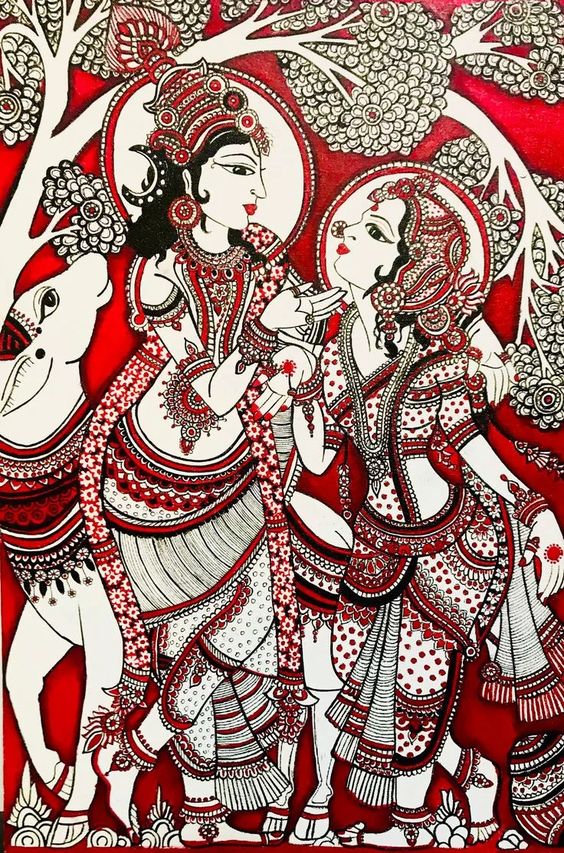
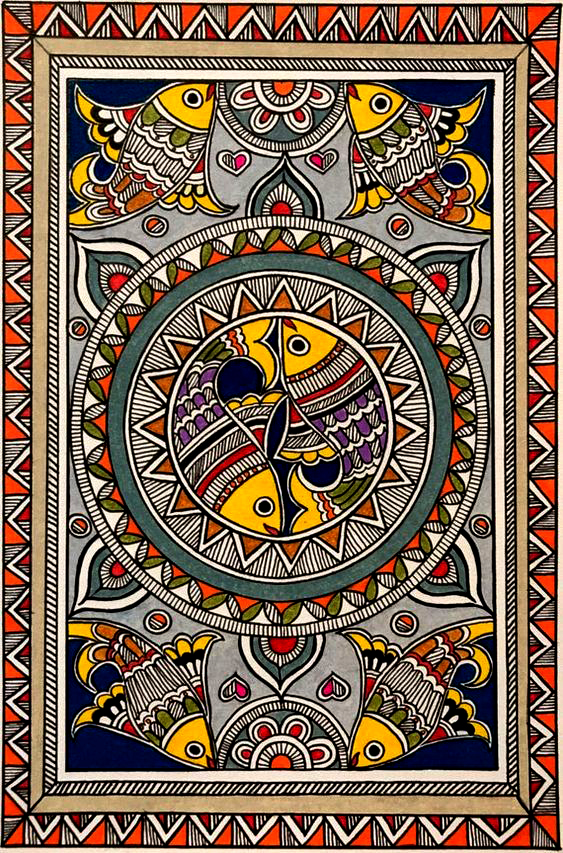

Traditionally created by women, Madhubani paintings have provided a source of income and independence for many female artists, promoting gender equality and economic empowerment. The global market for these paintings has brought economic benefits to rural communities, encouraging local development and the continuation of traditional practices. Madhubani paintings have been showcased in art galleries and museums worldwide, gaining recognition and appreciation from international audiences. The global interest in Madhubani paintings has led to cross-cultural collaborations and exchanges, influencing artists and art movements around the world. Madhubani paintings are studied in art schools and universities, contributing to academic research and education about folk art and traditional practices. Many institutions and organizations conduct workshops and training sessions, ensuring the techniques and skills of Madhubani painting are passed on to new generation. Various initiatives by governments, NGOs, and cultural organizations have focused on preserving this traditional art form, ensuring its survival and relevance in the modern world. Contemporary artists are exploring new themes and mediums while retaining the traditional essence of Madhubani paintings, leading to a dynamic evolution of the art form.
To summarize, Madhubani paintings have made substantial contributions to the art field by preserving cultural heritage, promoting sustainable practices, empowering communities, and enriching global art with their unique and vibrant style.




